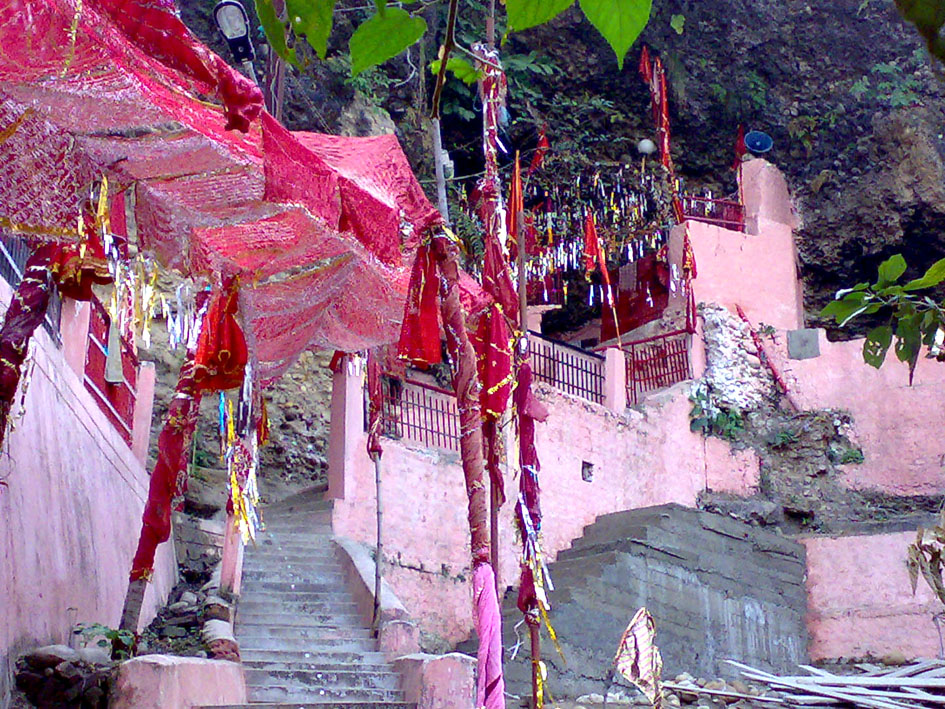Manik Arora
If Kashmir is heaven on earth, Jammu is indeed the abode of gods, goddesses, saints and seers. With Yatra of Mata Vaishno Devi surpassing crore a year and setting new records for itself and Yatra of Machail Mata almost doubling every year, Jammu surely qualifies as one of the major pilgrimage destinations.
Another unexplored shrine nestled in the beautiful mountains is of “Shiva Mata Shrine” which is also called Swaha Mata, an incarnation of goddess Durga with 10 hands holding different astras & shastras. Swaha Mata is believed to be the second wife of lord Brahama.
This unexplored shrine is in the Aknoor district of Jammu region. The mystical cave shrine is just like Mata Vaishno Devi where Maharani took the form of five pindies i.e. Swaha, Vaishno, Kali, Laxmi & Saraswati. The shrine also has the natural shivling which proves the fact that shiva and shakti always resides together. Just opposite the pindies is the natural shiv ling with the drops of water dripping from the stone hoofs.
Some believe that Swaha Mata is the Kuldevi of Malhotra clan but I as a devout of Shakti believe that no religious or spiritual place belong to a particular religion, sect or caste. The cave is long but it is believed that the cave connects Amarnathji where as some believe that it connects Vaishno Devi. But unfortunately on the one hand the department of tourism is taking every possible step to enhance the tourism in the state and on the other hand shrines like that of Swaha Mata is still unnoticed. As a scholar of tourism studies, I suggest the concerned department to learn the art of tapping the potential benefits of such pilgrimage destinations from our neighboring state Himachal Pradesh.
As a student of tourism, I specially see the biggest USP of this cave shrine is that it resembles exactly the Mata Vaishno Devi shrine. And using this USP the length of stay of a tourist visiting Jammu can be extended which can boost the state economy. But analyzing the place as a pilgrim/ tourist the destination lacks the basic amenities like roads, electricity, drinking water, sheds to rest, public utilities etc which need urgent attention of the administration.
The author is Research Scholar School of Hospitality & Tourism Management University of Jammu.
Trending Now
E-Paper


